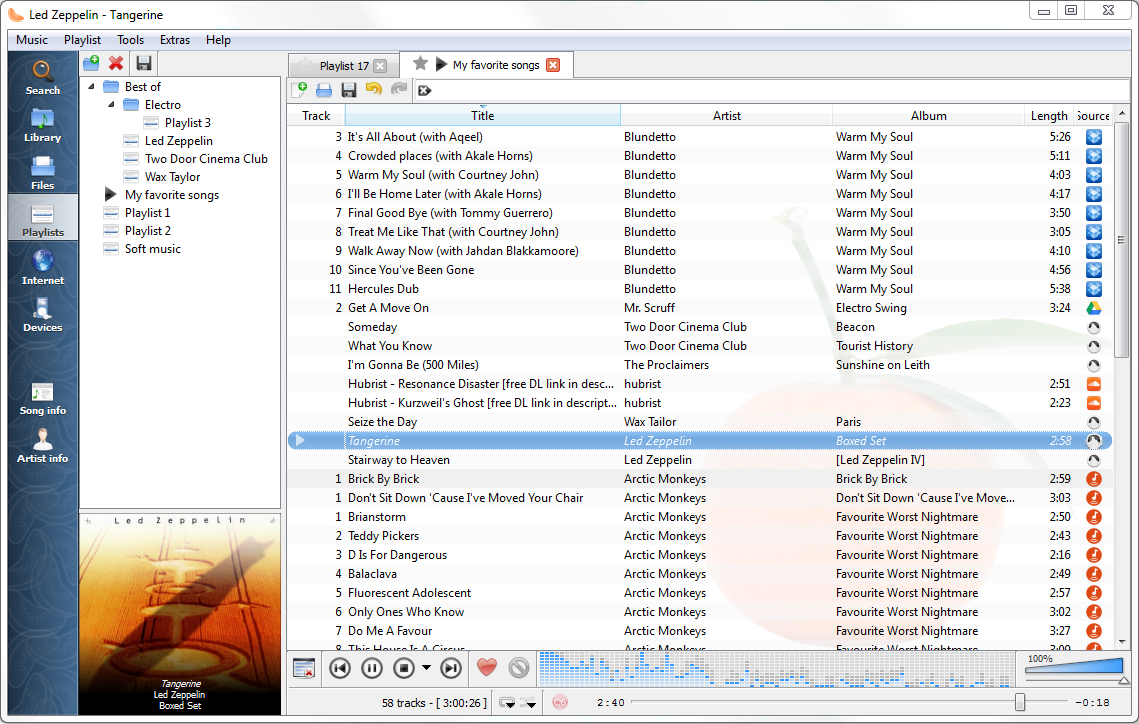Mac User Cant Access Web Root Library Webserver
The user account named ”root” is a superuser with read and write privileges to more areas of the system, including files in other macOS user accounts. The root user is disabled by default. If you can log in to your Mac with an administrator account, you can enable the root user, then log in as the root user to complete your task.
 You can clean them up manually step-by-step, or you can clean them in second with a cleaning utility like. System cache. User cache (including app cache and DNS cache). Browser cache.This article will go over cleaning up all three.Now, when it comes to clearing cache on Mac, there are two ways you can do it.
You can clean them up manually step-by-step, or you can clean them in second with a cleaning utility like. System cache. User cache (including app cache and DNS cache). Browser cache.This article will go over cleaning up all three.Now, when it comes to clearing cache on Mac, there are two ways you can do it.
- Mac User Can't Access Webroot Library Webserver Version
- Mac User Can't Access Webroot Library Webserver Software
Stack Exchange network consists of 175 Q&A communities including Stack Overflow, the largest, most trusted online community for developers to learn, share their knowledge, and build their careers.
- Sep 28, 2017 Get your Local Web Development Environment Up & Running on macOS High Sierra 10.13. With Apples’ new macOS High Sierra 10.13 available for download, here is how to get the AMP stack up and running on the new macOS. This tutorial will go through the process on getting Apache, MySQL, PHP (or otherwise known as the ‘AMP’ stack) and phpMyAdmin running on the new mac OS High Sierra.
- You don't have permission to access / on this server. Could anyone please tell me whether I need to change any permissions anywhere else to change the document root? Mac-osx apache-2.2.
The root user account is not intended for routine use. Its privileges allow changes to files that are required by your Mac. To undo such changes, you might need to reinstall your system software. You should disable the root user after completing your task.
 Since iTunes uses the same file format for both Mac and Windows, the program will be able to read your iTunes Library file and it will show your music, videos, podcasts, and so on with playlists, ratings, play counts, and the like. (Older versions of iTunes required some find/replace voodoo with the iTunes Library.xml file to update file paths, which is why you upgraded prior to transferring.)What if your music isn’t stored in the default location on Windows?
Since iTunes uses the same file format for both Mac and Windows, the program will be able to read your iTunes Library file and it will show your music, videos, podcasts, and so on with playlists, ratings, play counts, and the like. (Older versions of iTunes required some find/replace voodoo with the iTunes Library.xml file to update file paths, which is why you upgraded prior to transferring.)What if your music isn’t stored in the default location on Windows?
It's safer to use the sudo command in Terminal instead of enabling the root user. To learn about sudo, open the Terminal app and enter man sudo.
Mac User Can't Access Webroot Library Webserver Version
Enable or disable the root user
- Choose Apple menu () > System Preferences, then click Users & Groups (or Accounts).
- Click , then enter an administrator name and password.
- Click Login Options.
- Click Join (or Edit).
- Click Open Directory Utility.
- Click in the Directory Utility window, then enter an administrator name and password.
- From the menu bar in Directory Utility:
- Choose Edit > Enable Root User, then enter the password that you want to use for the root user.
- Or choose Edit > Disable Root User.

Log in as the root user

When the root user is enabled, you have the privileges of the root user only while logged in as the root user.
- Choose Apple menu > Log Out to log out of your current user account.
- At the login window, log in with the user name ”root” and the password you created for the root user.
If the login window is a list of users, click Other, then log in.
Remember to disable the root user after completing your task.
Change the root password
Mac User Can't Access Webroot Library Webserver Software
- Choose Apple menu () > System Preferences, then click Users & Groups (or Accounts).
- Click , then enter an administrator name and password.
- Click Login Options.
- Click Join (or Edit).
- Click Open Directory Utility.
- Click in the Directory Utility window, then enter an administrator name and password.
- From the menu bar in Directory Utility, choose Edit > Change Root Password…
- Enter a root password when prompted.